The 7 elements of design – and how to use them in your interiors
They’re the key to every successful scheme
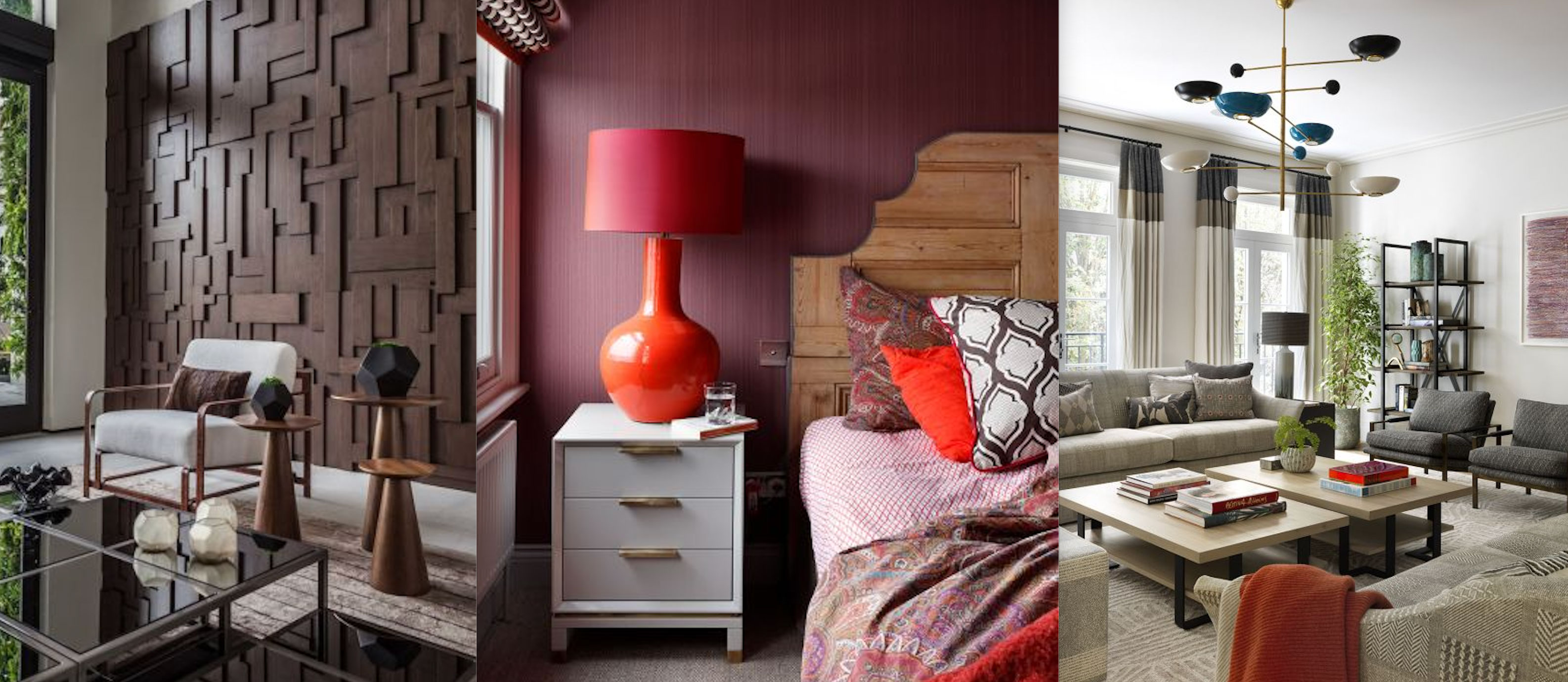

The 7 elements of design are designed to help you balance an interior scheme so that the finished look is aesthetically pleasing, as well as functional. Design is a science, after all, as well as an art.
Addressing each of the elements that make up every design can enhance a room’s best features, compensate for any flaws, and create an interior that satisfies the eye, the sense of touch, and fulfils its practical role.
The seven crucial ingredients of design are right here for you – read on for inspiration.
- See: Interior design tips – decorating secrets for the world's top experts
What are the 7 elements of design?
The 7 elements of design consider space, line, form, light, color, texture and pattern. A balance of these elements is vital to every scheme.
1. Space
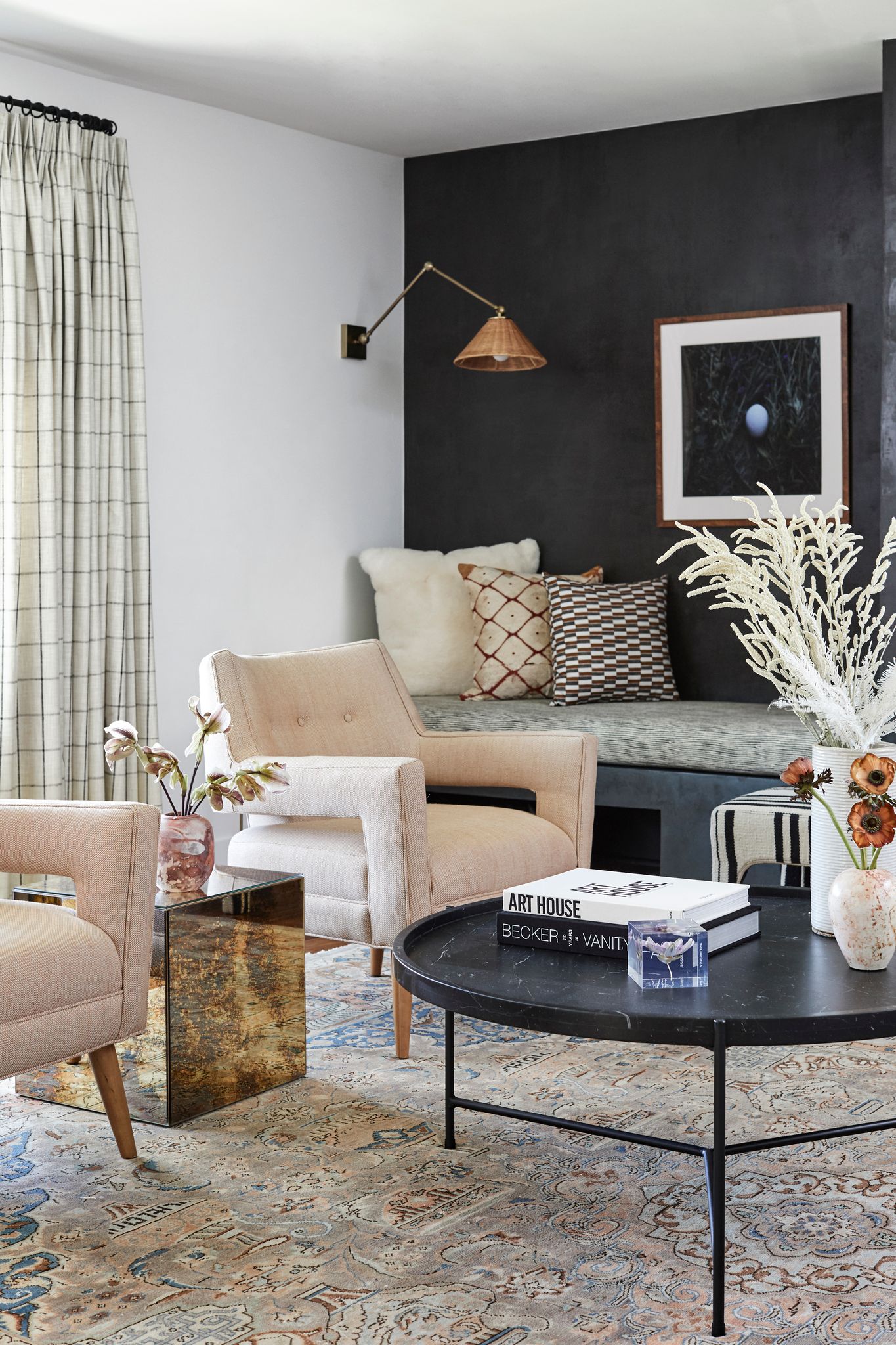
'Space' refers to the distance between and around furniture and objects and their proportions within a room. Getting the balance within a room just right relies on using both 'positive' and 'negative' space just right.
Positive space is where the room’s objects – such as a sofa and armchairs – are positioned, while negative space refers to the gaps in between, and includes circulation space for navigating through the room, as well as the areas left open to prevent the room from feeling cluttered.
An appropriate balance between the two is vital for a room to feel well laid-out. One with more negative space will feel more spacious, larger and perhaps bigger – but too much negative space can also make a room feel under-furnished and impersonal. A room with too much positive space taken up can, on the other hand, feel crowded and over-furnished.
Sign up to the Homes & Gardens newsletter
Design expertise in your inbox – from inspiring decorating ideas and beautiful celebrity homes to practical gardening advice and shopping round-ups.
How to get this right? The beauty is very much in the eye of the beholder – if you like find a cluttered room homely, using more negative space will suit you. However, as a general rule, thoroughfares in a room need to be at least 1m wide, while gaps between, say, a sofa and a coffee table, is comfortable at around 50cm.
This open-plan living space by LA based interior designer Stefani Stein is a good example of how to get it right.
2. Line
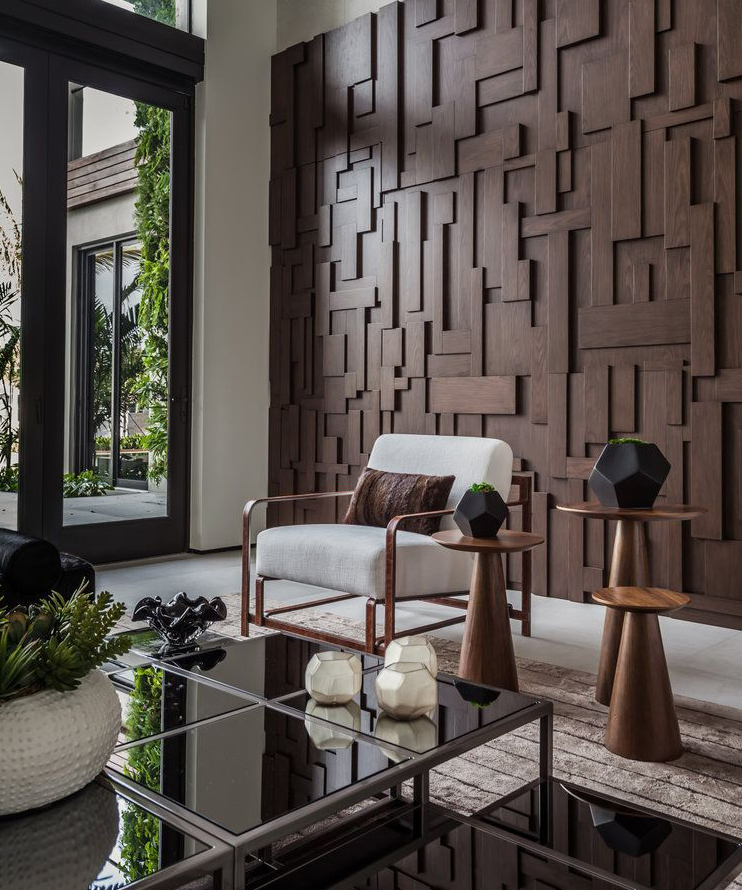
Both the structural features and the room’s furnishings can create lines that profoundly influence the feel of the space, and they can also be employed to bring attention to a focal point. As well as horizontal and vertical, they can be dynamic.
Horizontal lines, such as those of tables, bring a sense of stability to an interior. They can also make a room feel wider. The vertical lines of the room come from features like windows and doors or maybe a tall fireplace. They’re prized for giving a feeling of freedom and can make a room seem taller. Choosing a tall piece of furniture, for example, can lead the eye upwards and visually heighten the room. In any scheme a balance between horizontal and vertical lines is essential.
Dynamic lines like diagonals, zigzags and curves could come from a feature such as a staircase, but also can be created with tiling laid diagonally. They’re eye-catching and they inject a scheme with energy.
3. Form
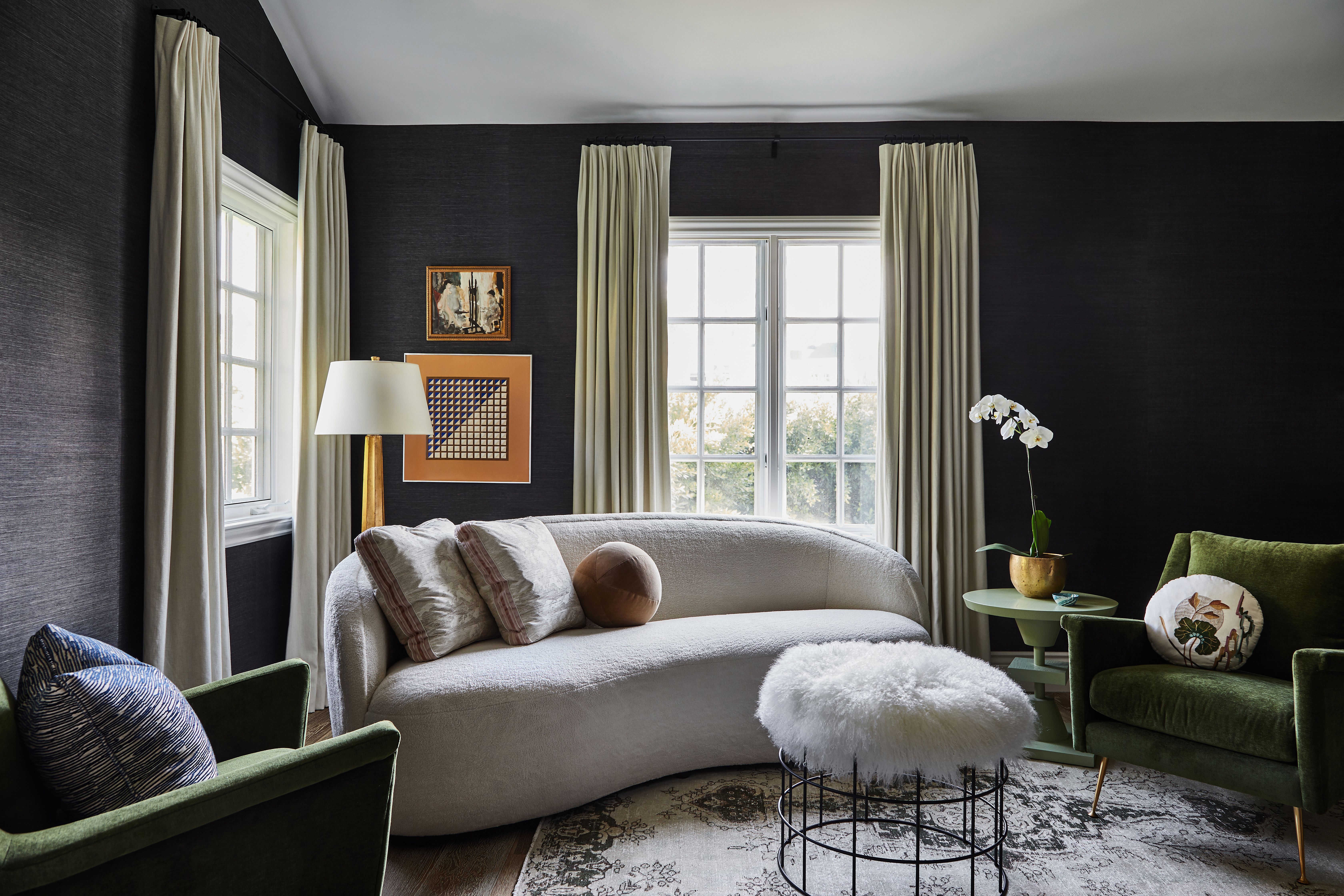
Form is shape, and that includes the shape of the room itself along with the objects within it like furniture, artwork and decorative accessories. These shapes might be geometric – those that have precise lines and angles – or natural – not just the irregular shapes of nature but curvaceous pieces.
Key with these forms is – once again – balance and natural shapes can bring softness to an interior in contrast to the stronger geometrics.
4. Light
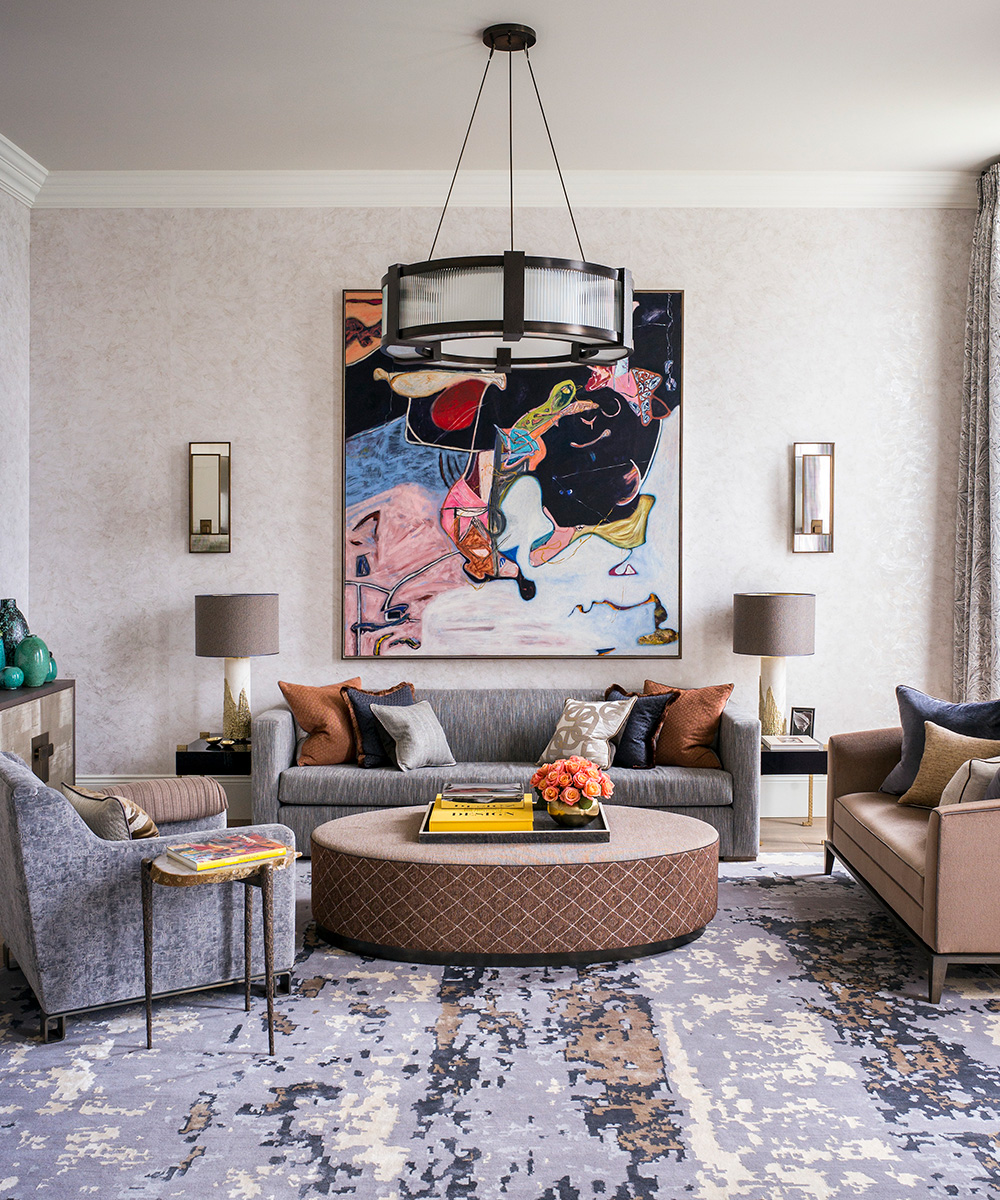
The vast majority of interiors make use of both natural daylight and artificial illumination. While the quantity and quality of daylight might seem fixed, it’s worth remembering that it can be filtered with drapery and window coverings.
It can also be boosted where it’s lacking with techniques such as hanging mirrors, borrowing it from other rooms, and, again, with a window treatment, although in this case one that allows maximum light to reach the room.
Artificial light comes from the room’s ambient or background lighting, the accent lighting that draws attention to objects or features, and the task lighting that makes a kitchen safe for food preparation, an office desk bright enough for working, or an area of a living space comfortable for reading.
Dimmer switches allow changes of atmosphere to be achieved with the lighting, while the choice of the light fixtures and fittings themselves will contribute to the room’s appearance.
- See: Living room lighting ideas – wonderful ways to light your living space
5. Color
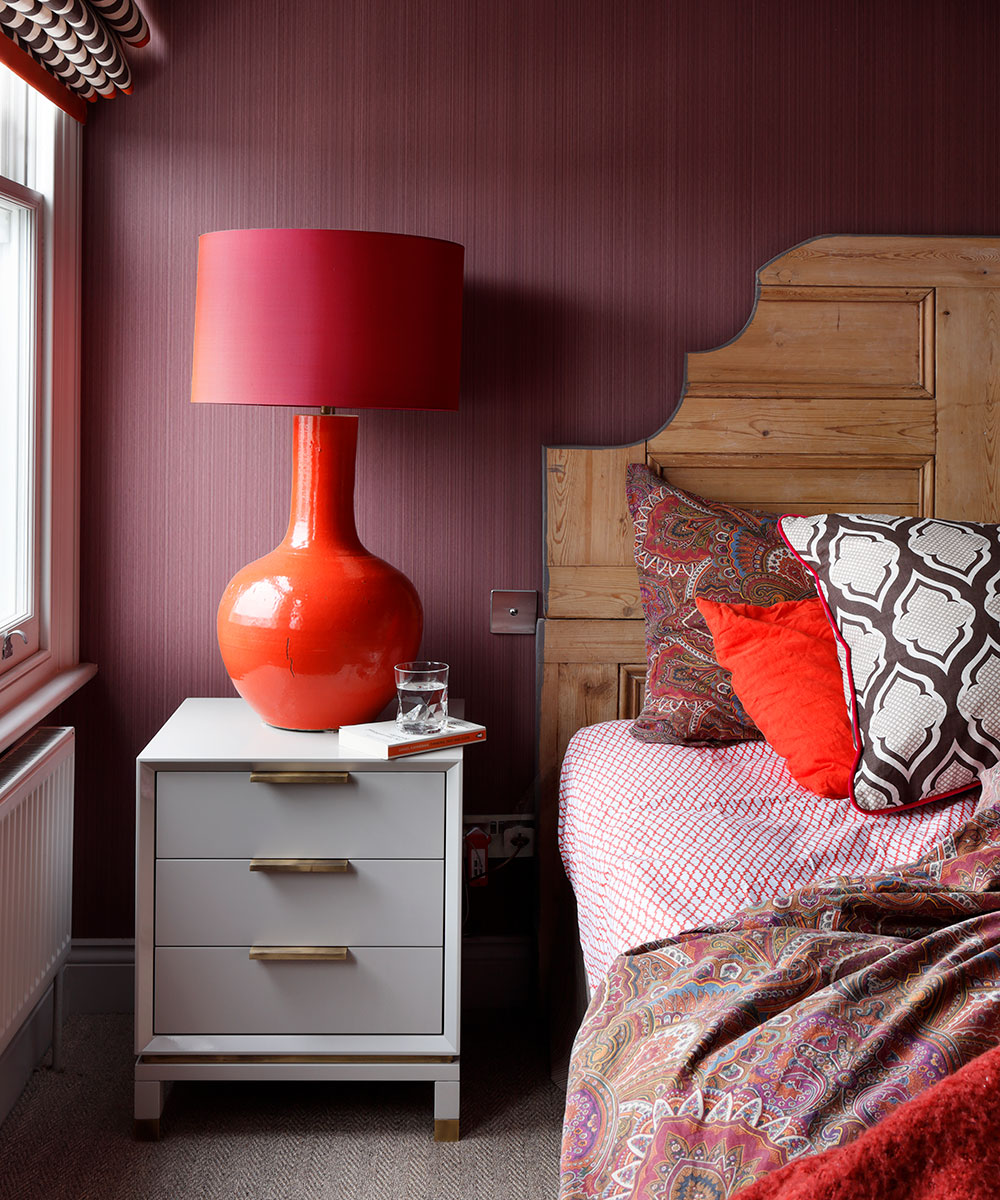
Color is important not just because it creates a mood in a room, but because it has the power to make a room feel larger, lighter, or cozier. Of course, it’s vital that the color selected complements the room’s use with more restful shades for bedrooms, for example, or energetic hues in a home office.
The hour of the day, and whether it’s seen in natural light or artificial will affect a color’s properties, so success in using it means considering this before making a selection.
Discover more about the importance of accent colors and how to use them in our guide.
6. Texture
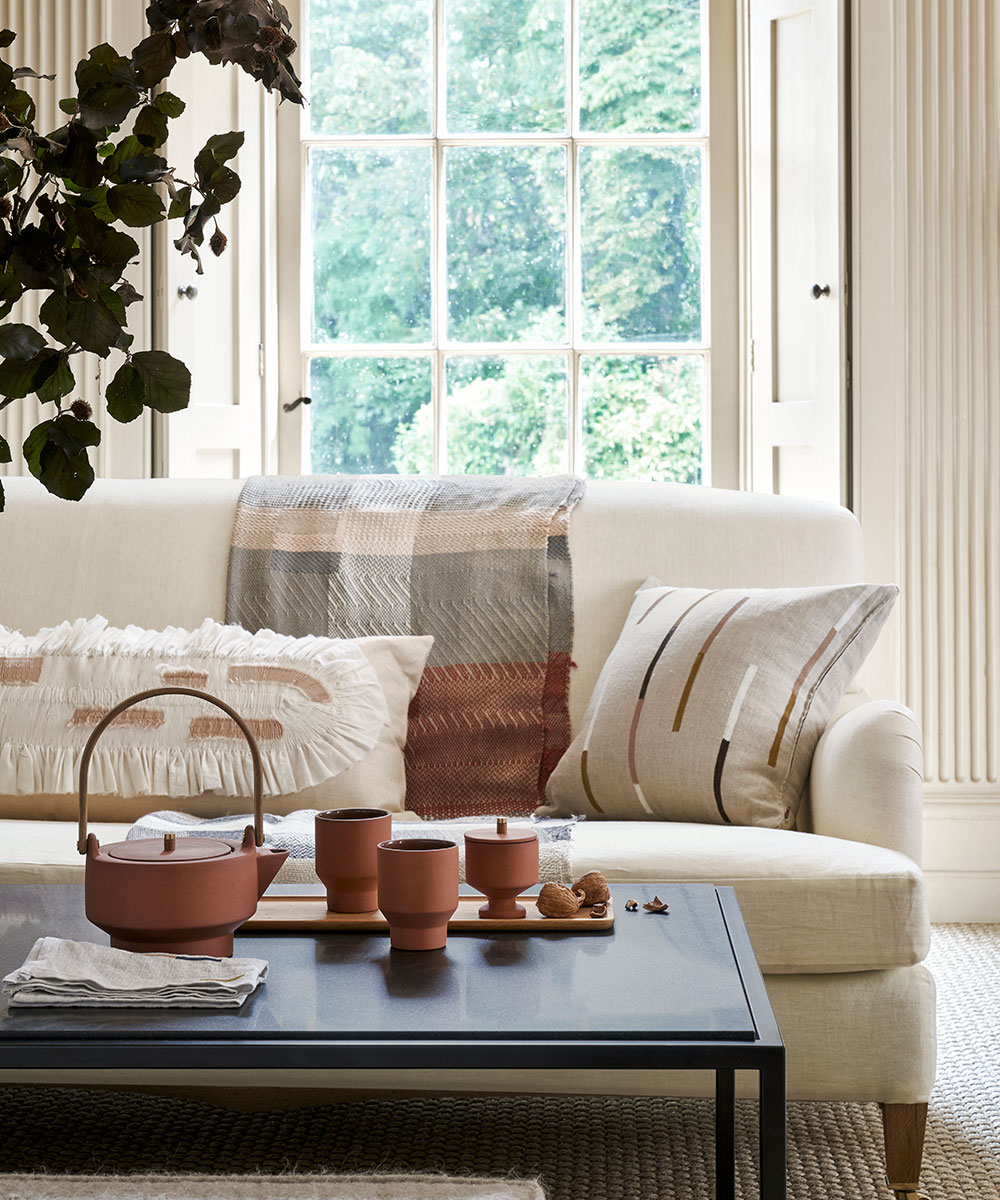
Texture counts because of how it feels, of course, but also because of how it looks, and every part of a room scheme from furniture and floorcoverings to fabrics and decorative accessories contributes to the selection of textures in a room. Mixing textures and contrasting them add to the depth and interest of the room scheme.
7. Pattern
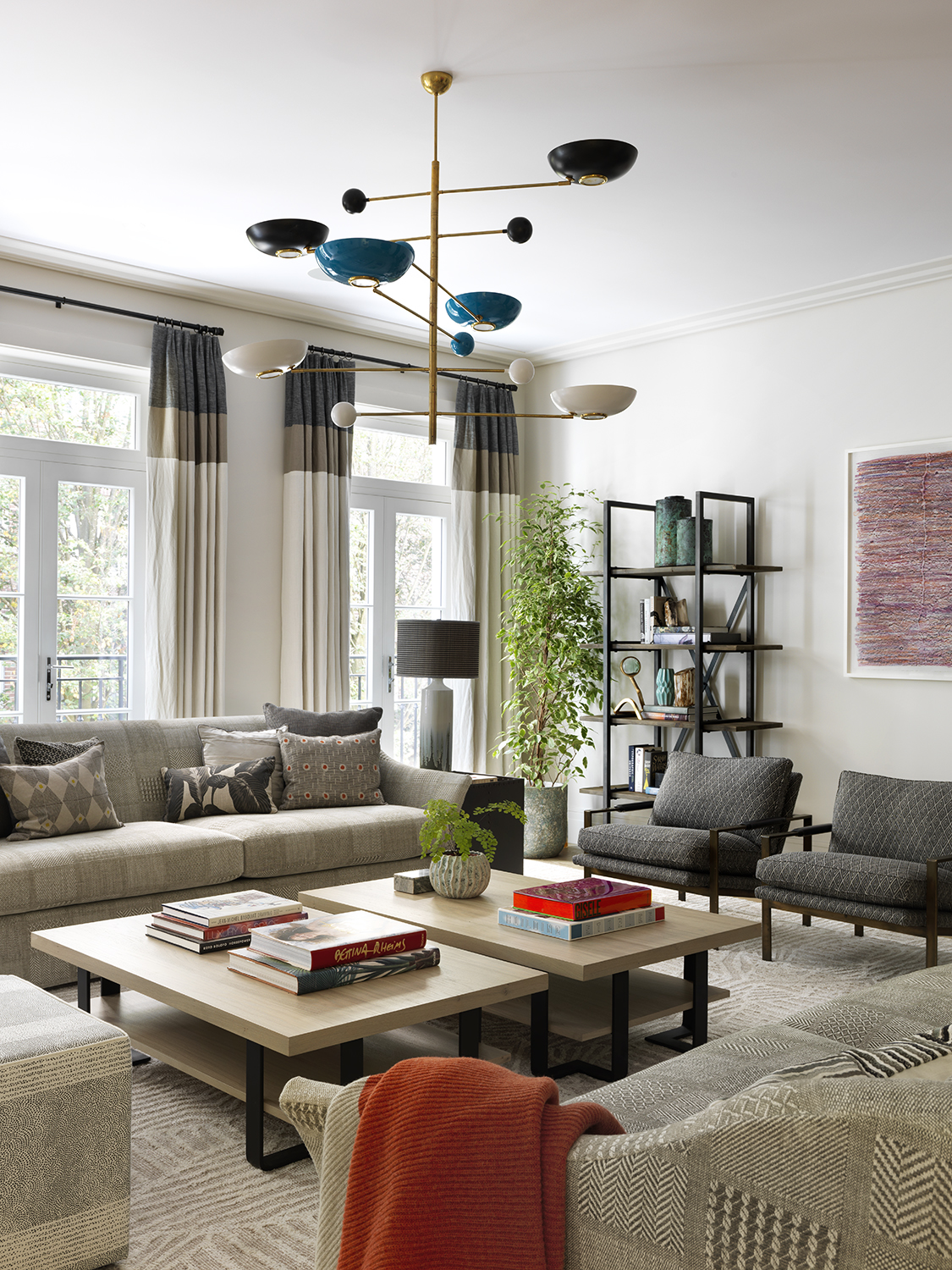
Pattern’s another element that adds interest and life to a room, just like texture, and might come from an area rug, wallpaper, soft furnishings and artwork. The style of the pattern whether that’s floral, geometric, abstract or any other design should be in harmony with the overall style of the scheme.
Also important? The scale of the pattern in relation to the space, and the area which it covers so that the interior doesn’t become hectic.
You can find out more about how to mix pattern in a room in our masterclass.
Room design by Natalia Miyar.

Sarah is a freelance journalist and editor. Previously executive editor of Ideal Home, she’s specialized in interiors, property and gardens for over 20 years, and covers interior design, house design, gardens, and cleaning and organizing a home for Homes & Gardens. She’s written for websites, including Houzz, Channel 4’s flagship website, 4Homes, and Future’s T3; national newspapers, including The Guardian; and magazines including Future’s Country Homes & Interiors, Homebuilding & Renovating, Period Living, and Style at Home, as well as House Beautiful, Good Homes, Grand Designs, Homes & Antiques, LandLove and The English Home among others. It’s no big surprise that she likes to put what she writes about into practice, and is a serial house renovator.
-
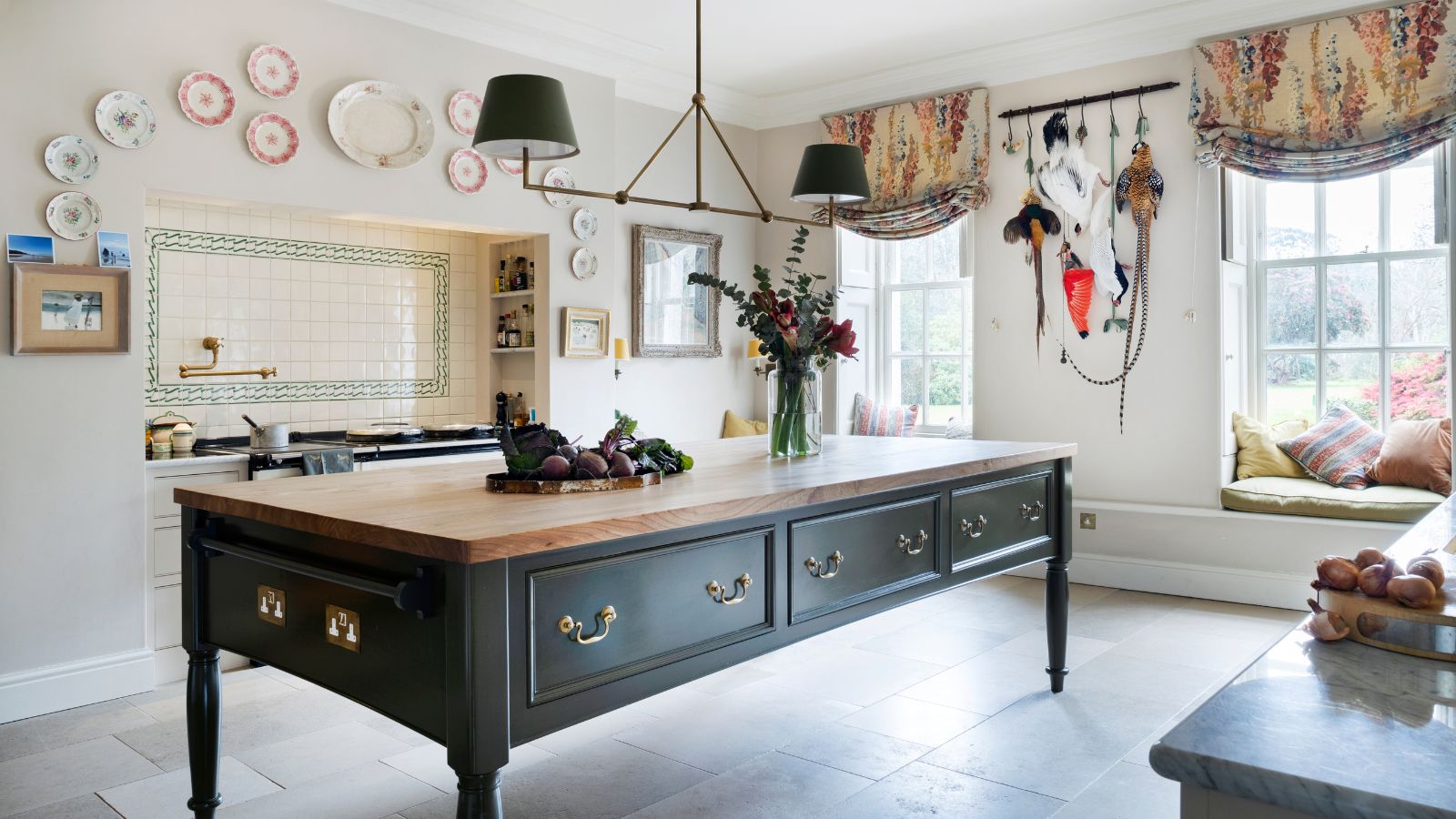 Step inside this British stately kitchen that's steeped in country charm – a kitchen built for now, with the soul of another era
Step inside this British stately kitchen that's steeped in country charm – a kitchen built for now, with the soul of another eraBritish kitchen designers Guild Anderson reimagined the layout of this characterful kitchen, crafting a bespoke kitchen design that honours the heritage and enduring charm of this historic Cornish home
By Caroline Moratti
-
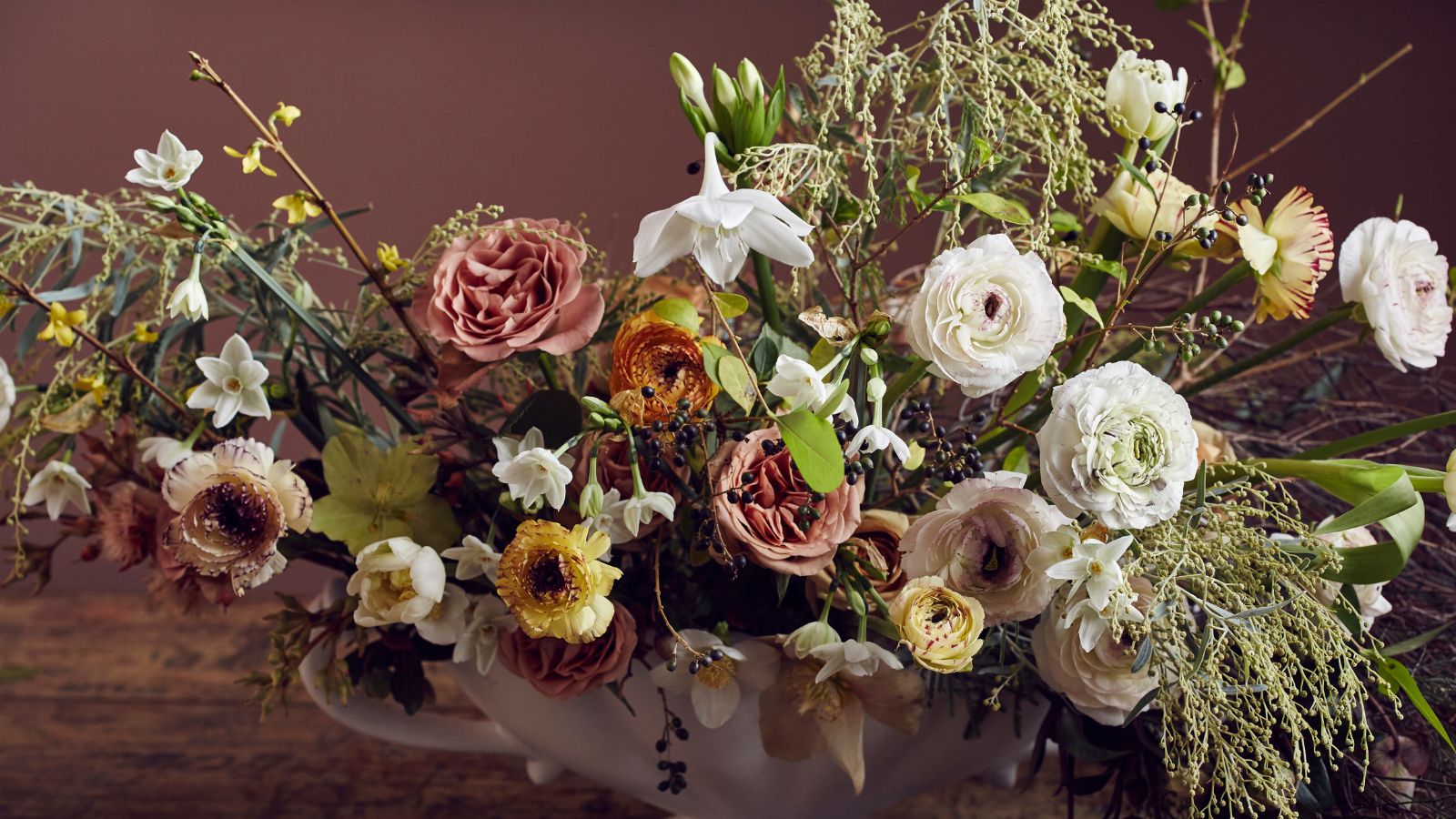 How to arrange flowers like a professional – these 5 rules are all you need according to floral experts
How to arrange flowers like a professional – these 5 rules are all you need according to floral expertsWe asked floral experts for their advice on arranging flowers, whatever the season – create stunning floral displays all year round with these rules
By Katrina Harper-Lewis